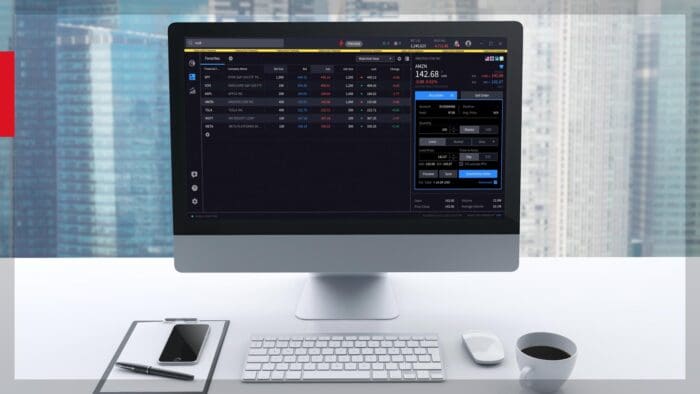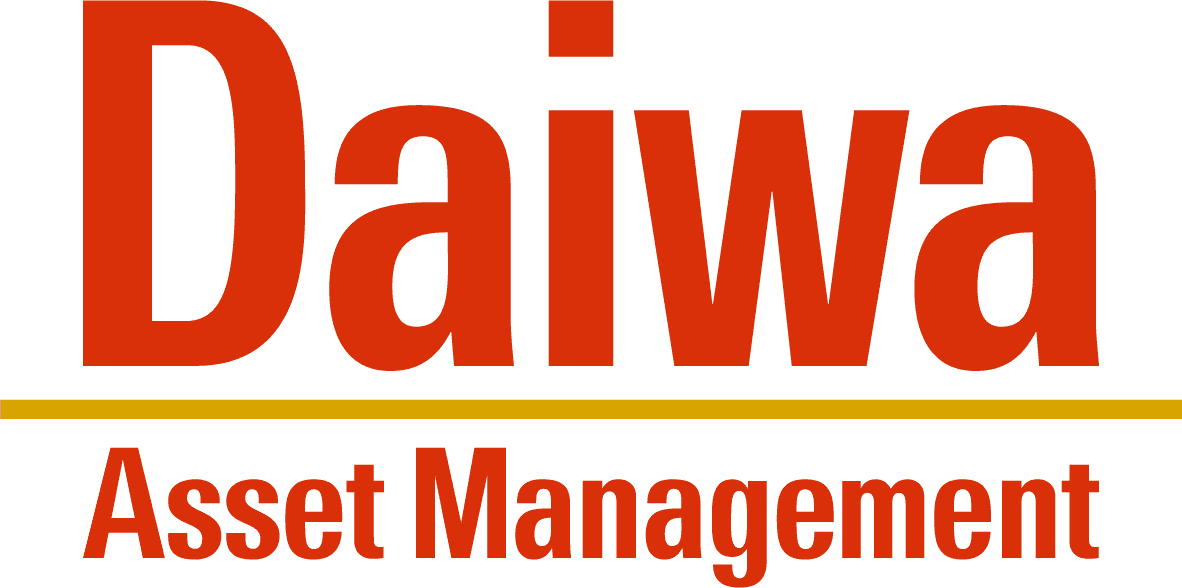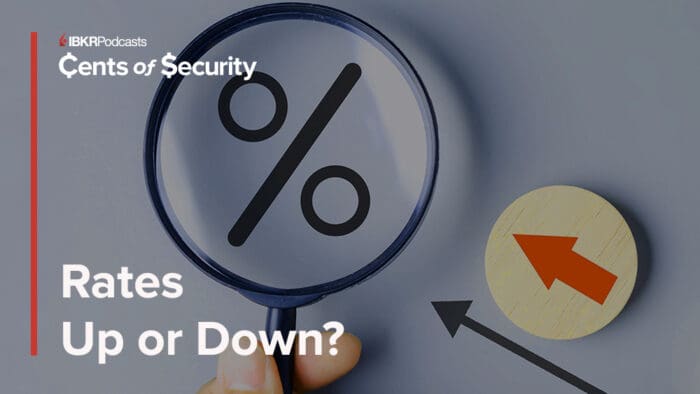A fresh set of tariff threats from President Trump is weighing on risk appetites to finish the week as stocks descend from new records reached in yesterday’s trading action. The Commander in Chief alluded to blanket levies between 15% and 20% on a set of nations, while mentioning fentanyl smuggling as justification to raise Canada’s import tax to 35%. Meanwhile, the Vietnamese government didn’t expect duties to be as high as 20% in the deal announced by the US leader earlier this month and is trying to lower the level. On a quiet day from an economic calendar perspective, market moves are being influenced by Washington. Investors are reducing their equity exposures in all sectors minus energy while also selling debt across the yield curve as the Treasury complex shifts north in bear-steepening fashion led by the long-end due to a climb in inflation expectations. Conversely, commodities are experiencing strong interest, with all majors advancing ex copper, while the greenback, bitcoins, forecast contracts and volatility protection instruments also catch bids.
Heavy Data Week Coming Up
This week’s market moves were motivated by Washington developments because there was a lack of highly influential economic reports. But the next seven days are a different story, with a long list of impactful data prints on the calendar. Top of mind will be a trio of inflation publications with indices for consumer prices, wholesale charges and trade costs on deck from Tuesday to Thursday. Economists and traders alike will be closely watching to see if Trump tariffs are making their way into supply chain or final shelves and use that information to assess the pace of the Fed’s journey down the monetary policy stairs. Growth will be a major focus, too, and important consumption and labor figures are also on the buffet table with retail sales, consumer sentiment and unemployment claims timed for release. Additionally, they’ll be some updates from the rate-sensitive real estate and manufacturing sectors as homebuilder confidence, housing starts, building permits, industrial production and Fed regional surveys are on deck. A desirable scenario for equity investors that could lead to fresh records would be robust spending numbers, tempered layoffs and subdued price pressures, all of which could contribute to incremental dovishness from a plethora of Fed speakers expected to deliver remarks. Stock bears, on the other hand, will be looking for waning household expenditures alongside climbing cost forces, which could reignite stagflation fears and delay the central bank’s descent to a lighter benchmark.
International Roundup
UK Data Points to Slowing Economy
The UK’s economy continued to contract in May with industrial production, manufacturing and construction pushing the country’s gross domestic product down for the second-consecutive month. On a positive note, however, the country’s trade deficit narrowed slightly in May even as trade angst has lingered due to President Trump implementing tariffs as he seeks to increase the onshoring of manufacturing.
Regarding overall growth, gross domestic product (GDP) declined 0.1% month over month (m/m) in May, according to the Office for National Statistics. It was a slower contraction than the 0.3% dip in April, but below the economist consensus for an increase of 0.1%. On a year-over-year basis, GDP was up 0.7%, matching the forecast but decelerating from the preceding month’s 1.1% advance.
For the period running from March to the end of May, GDP was up 0.5% relative to the three-month time span ended in April. That was slightly better than the economist estimate of 0.4% but weaker than the 0.7% pace in the prior period.
GDP was hit by the headwinds of weak construction and goods production. Industrial production sank 0.9% m/m and 0.3% y/y in May, much worse than estimates of -0.1% and 0.1%. In April, production was down 0.6% m/m but up 0.3% y/y.
Manufacturing output was somewhat mixed with the m/m May decline of 1% easing from April’s 0.7% drop but falling below the estimate for a 0.1% contraction. Compared to the year-ago period, manufacturing advanced only 0.3%, slower than the preceding period’s 1.3% gain and missing the economist consensus forecast of 0.4%.
In a positive development, the country’s May trade gap, furthermore, narrowed from £22.42 billion in April to £21.69 billion compared to the estimate of £21.10 billion.
Canada’s Job Growth Outperforms Expectations
Canada’s Labour Force Survey this morning was encouraging while a separate release showed an uptick in building approvals. After adding 57,700 full-time workers in May, the economy added an additional 13,500 last month. While the number decelerated, total payroll additions, which include part-timers, increased by 83,100, substantially above the estimate of only 900 and May’s 8,800. It was the first significant increase to payrolls this year. The job additions pushed the country’s unemployment rate down from 7% in May to 6.9% last month. Economists expected the result to climb to 7.1%. The drop occurred despite the labor pool expanding with the participation rate moving marginally from 65.3% to 65.4%. Average hourly wages, meanwhile, climbed 3.2% y/y after a 3.5% gain in May.
The country’s construction industry, furthermore, looks poised for growth with building permits in May increasing 12% m/m after falling 6.8% in April. Today’s print was much stronger than the 1.5% decline anticipated by a consensus of economists.
Disclosure: Interactive Brokers Affiliate
Information posted on IBKR Campus that is provided by third-parties does NOT constitute a recommendation that you should contract for the services of that third party. Third-party participants who contribute to IBKR Campus are independent of Interactive Brokers and Interactive Brokers does not make any representations or warranties concerning the services offered, their past or future performance, or the accuracy of the information provided by the third party. Past performance is no guarantee of future results.
This material is from IBKR Macroeconomics, an affiliate of Interactive Brokers LLC, and is being posted with its permission. The views expressed in this material are solely those of the author and/or IBKR Macroeconomics and Interactive Brokers is not endorsing or recommending any investment or trading discussed in the material. This material is not and should not be construed as an offer to buy or sell any security. It should not be construed as research or investment advice or a recommendation to buy, sell or hold any security or commodity. This material does not and is not intended to take into account the particular financial conditions, investment objectives or requirements of individual customers. Before acting on this material, you should consider whether it is suitable for your particular circumstances and, as necessary, seek professional advice.




















Join The Conversation
For specific platform feedback and suggestions, please submit it directly to our team using these instructions.
If you have an account-specific question or concern, please reach out to Client Services.
We encourage you to look through our FAQs before posting. Your question may already be covered!